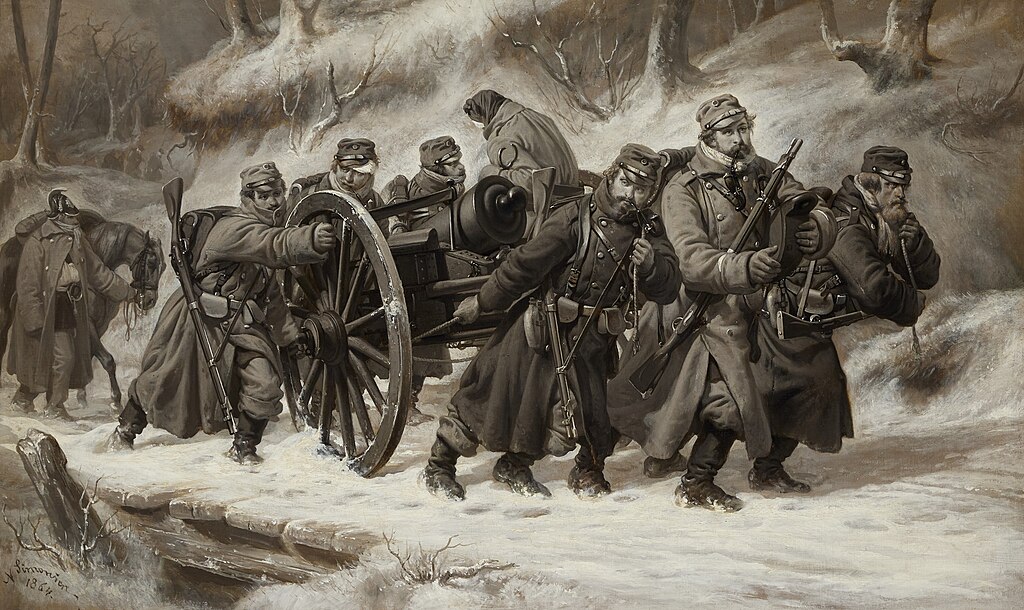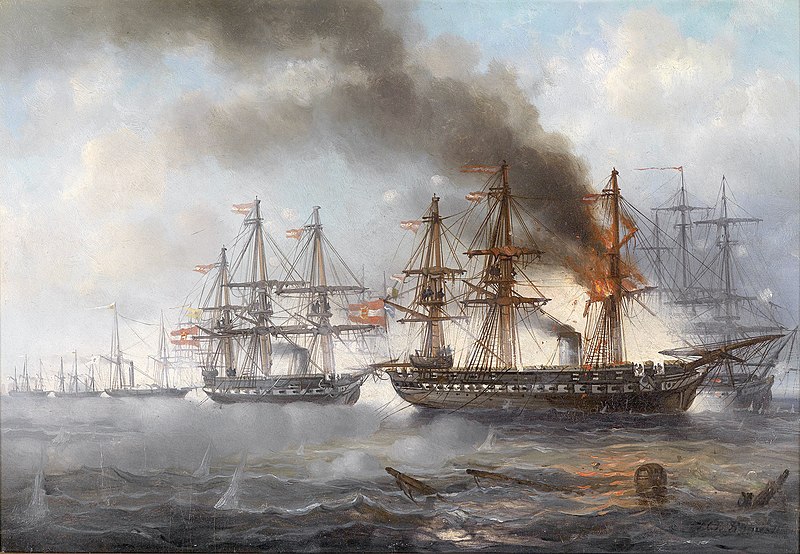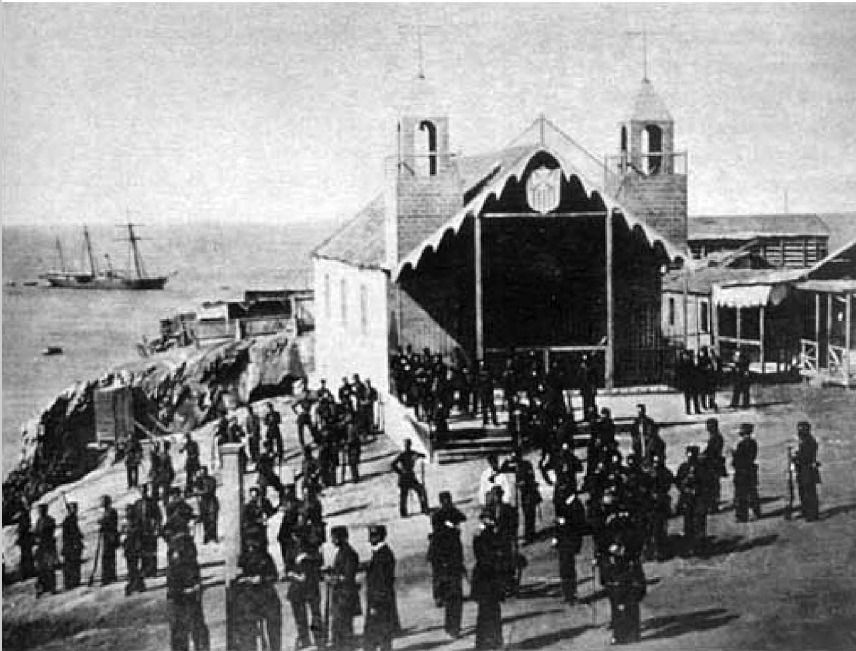Finally got caught up again. I was wondering if Chivington and Sand Creek would get mentioned, glad to see he got what he deserved.
Thank you! I have been gunning for Chivington ever since I read about the Sand Creek Massacre, so it was just a nice side effect of TTL to send him out in a really macabre fashion!
Kicks off some post war conflicts too!
And a McClellan victory! How delicious, this is going to be fun to watch. I know most people here are now predicting a Confederate victory, but we have yet to see how the blockade and Grant in the West will pan out, so I'm withholding judgement personally until EC covers how those theatres pan out. Pretty sure though the East will not be the deciding theatre in 1865+, but we'll see.
We also have to watch to see whether McClellan can run a negotiation. The wildcard currently is how much influence he can have over the process versus the various state actors.



